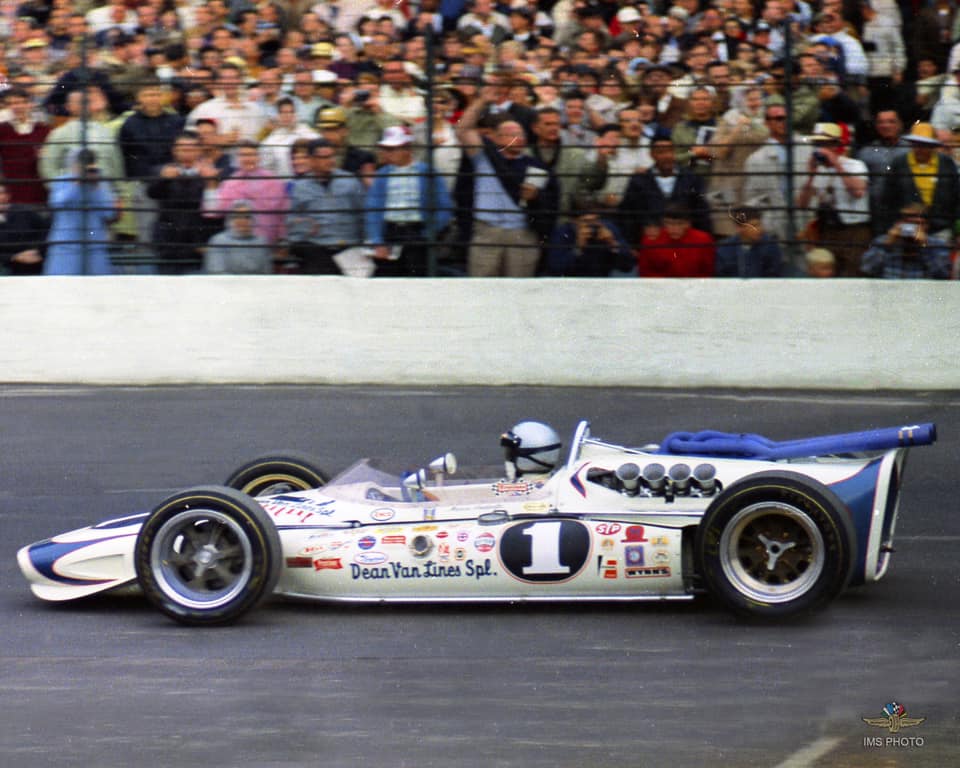A new exhibit highlighting a revolutionary era of the Indianapolis 500 is coming to the Indianapolis Motor Speedway Museum next month, the organization announced.
“Roadsters 2 Records: The Twelve Years that Revolutionized the Indianapolis 500” opens at the Indianapolis Motor Speedway Museum on April 1 and recounts an era in racing, from 1960 to 1972, that saw innovation, the emergence of new stars and the birth of some famous Indianapolis 500 traditions. The exhibit will feature numerous cars, uniforms and artifacts that tell the story of this evolution in racing, the museum said.
Starting in the early ’60s, “Roadsters 2 Records” will showcase popular American drivers such as A.J. Foyt, Parnelli Jones, Rodger Ward and their front-engine “roadsters.” In 1964, Foyt claimed his second career Indianapolis 500 win, but it was also the last time a front-engine roadster would win at Indy.
During this time, a wave of talent, technology, ideas and style arrived from Europe, spurring the rear-engine revolution in full force by Jim Clark’s 1965 Indy 500 victory. Only one front-engine car started the race by the following year, setting the stage for the modern era of racing at the Indianapolis Motor Speedway.
“Roadsters 2 Records explores the most pivotal era in Indianapolis Motor Speedway history,” said Jason Vansickle, vice president of curation and education. “As technology advanced, legendary drivers battled on the 2.5-mile oval as speeds records fell. These 12 years still resonate with IMS fans today, the brawny ‘roadsters’ transformed into high-speed rear-engine winged cars, beginning the modern era of IndyCar.”
Guests will have the opportunity to study a selection of cars demonstrating the evolution in engineering and technology that developed the vehicles we see in racing today. “Roadsters 2 Records” also highlights many beloved Race Day traditions that began during this time, including pre-race parade laps and the first time Jim Nabors performed “(Back Home Again in) Indiana.”
“Roadsters 2 Records” opens to members on March 31 and the general public on April 1.
